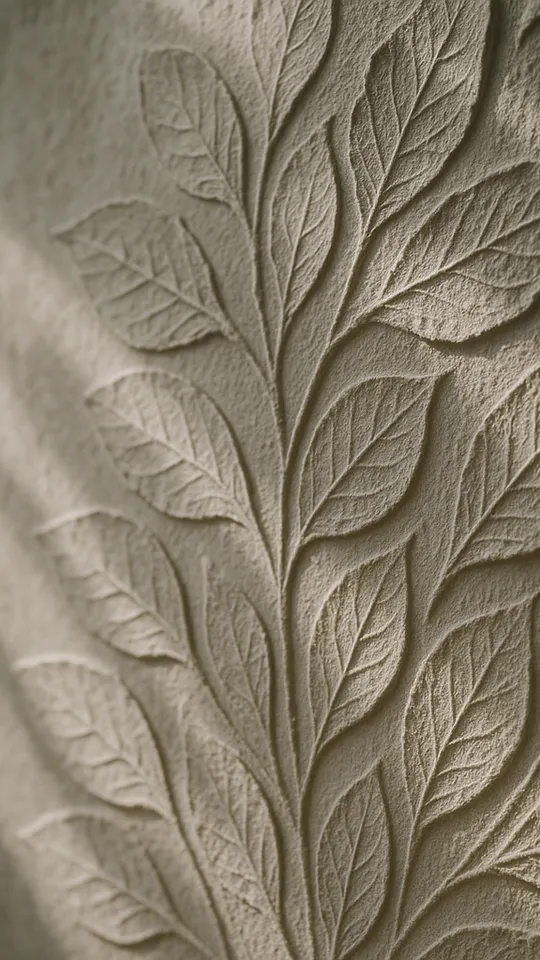Why Are Textured Walls and Ceilings Trending in 2025?
Step into the future of interior design where flat surfaces have taken a backseat, and textured walls and ceilings are stealing the spotlight. Imagine entering a room where every wall and ceiling tells a story through intricate designs and patterns. From decorative plaster finishes to bold wallpaper applications, this trend promises not just to change appearances but transform experiences. But why now? As homeowners and designers seek more than just aesthetic appeal, they crave spaces that evoke emotion and engagement. Textured surfaces do just that, offering a tactile escape from the ordinary.
How Are Textured Surfaces Achieved?
The tools of the trade for this trend are as varied as they are fascinating. Decorative plaster finishes offer a classic, almost timeless appeal, while wood paneling brings warmth and a touch of nature indoors. Bold wallpaper applications can transform a simple wall into a piece of art, with options like embossed wallpapers and 3D wall panels available from major retailers like Sherwin-Williams and Calico Wallpaper. Whether you're a DIY enthusiast or prefer professional installations, specialized plaster kits make it easy to bring these textures to life in your home.
What Benefits Do Textured Designs Offer?
Beyond the obvious visual intrigue, textured walls and ceilings add architectural depth to any room. They create immersive environments that feel both dynamic and inviting. Picture this: entering a space where the walls seem to whisper stories of elegance and charm. It's not just about aesthetics; it's about creating a sensory experience that captivates and enchants. This dimensional design revolution offers a unique way to express personality and style, transforming ordinary spaces into extraordinary ones.

What Are the Challenges and Considerations?
Of course, every trend comes with its own set of challenges. Some might worry about the commitment involved in installing textured surfaces or the difficulty in changing them later. Additionally, it's important to consider the room's lighting, as shadows can enhance or detract from the texture's effect. However, the benefits often outweigh these concerns, as textured designs can significantly enhance a home's value and appeal. As with any design choice, it’s crucial to weigh these factors and decide what works best for your space.
